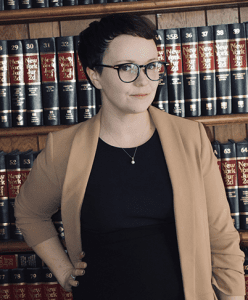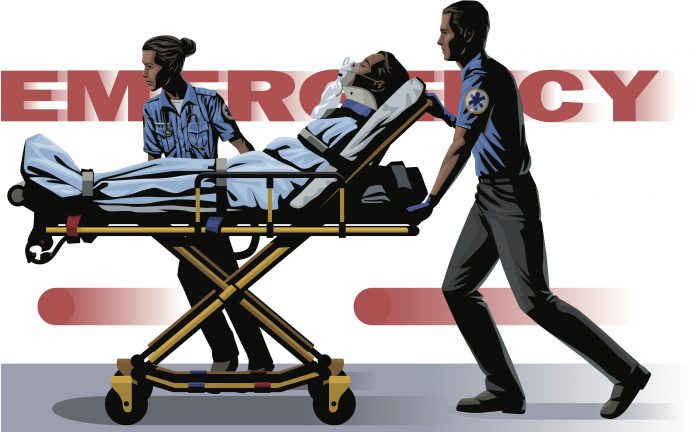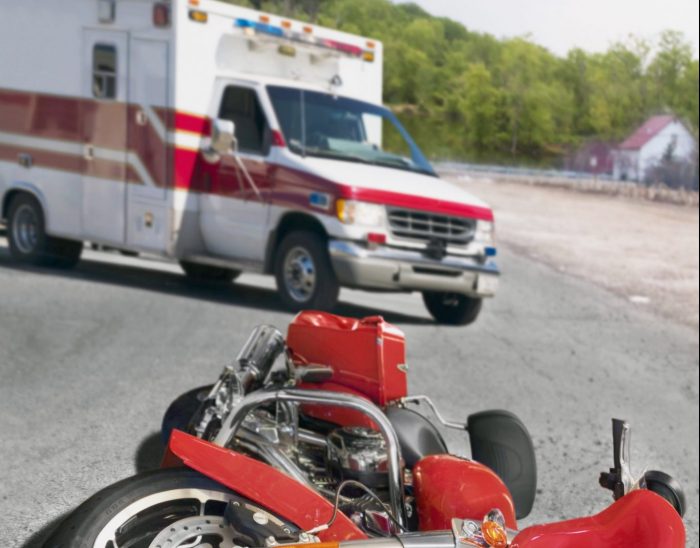By Shannon L. Malone, Esq.

In this column, we have previously discussed several issues concerning, and resulting from, automobile accidents. This included No-Fault Insurance, Underinsured and Uninsured Motorist coverage, the amount of insurance you should purchase to protect yourself, and the Motor Vehicle Accident Indemnification Corporation (MVAIC). Yet, the question occurring to most accident victims is, how do I seek compensation for my own injuries when I was not at fault for the accident?
Under what circumstances can you make such a claim?
New York’s No-Fault Insurance Law governs the criteria which enables you to make a claim or bring a lawsuit. We explained previously that this law has provisions covering the payment of medical bills and other expenses. However, this law, specifically § 5102(d) of the New York State Insurance Law, affords you the right to make a claim when you are injured. This section defines and outlines the criteria necessary to receive compensation (i.e., a serious injury):
— a personal injury which results in (1) death; (2) dismemberment; (3) significant disfigurement; (4) a fracture; (5) loss of a fetus; (6) permanent loss of use of a body organ, member, function or system; (7) permanent consequential limitation of use of a body organ or member; (8) significant limitation of use of a body function or system; (9) or a medically determined injury or impairment of a non-permanent nature which prevents the injured person from performing substantially all of the material acts which constitute such person’s usual and customary daily activities for not less than ninety days during the one hundred eighty days immediately following the occurrence of the injury or impairment.
What does this definition mean, and how does it affect my ability to bring a claim or lawsuit? If, for example, you sustained a fractured bone, the permanent loss of the use of a body part or organ, or if you meet any of the other provisions outlined above, you have met what is commonly called the “No-Fault Threshold,” enabling you to obtain compensation.
In order to start the process of making such a claim, you must contact the insurance company for the vehicle that caused the accident. The primary insurance company is that of the at-fault driver. You can identify this company from a three-digit code contained in the police report prepared by the officer responding to the scene of the collision.
Please note that if you are physically able to, calling the police at the scene of the accident is extremely important. Notifying the police later on, as soon as you can, is crucial. When you contact the responsible insurance company or that company’s representative contacts you, you will be provided with a claim number to use for all future communications.
Now you are ready to make a formal claim! In speaking to the responsible insurance carrier, describe your injuries in detail but do not explain how the accident occurred. Remember, whatever you say can be used against you later on if you say too much. Put most simply, you need to advocate for yourself by documenting your injuries and their necessary treatment but be careful what you say at all times. At this point, the monetary “value” of your claim becomes the principal focus and issue. If you have not retained the services of a lawyer at this point, it is strongly urged that you do so.
In our next column, we will endeavor to explain how a claim is evaluated so that decisions can be made as to whether to accept any offers the insurance company may make as a result.
We, in closing, highly recommend that you precisely document your injuries and follow up with an experienced adjuster, advocate, or attorney to assist you in going forward with your claim.
Shannon L. Malone, Esq. is an Associate Attorney at Glynn Mercep Purcell and Morrison LLP in Setauket. She graduated from Touro Law, where she wrote and served as an editor of the Touro Law Review. Ms. Malone is a proud Stony Brook University alumna.








